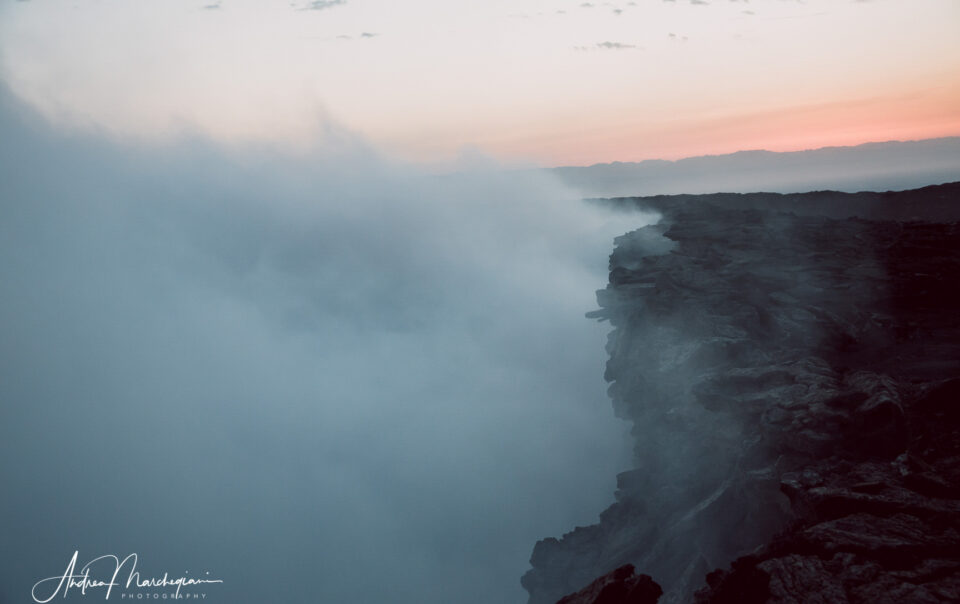7 things to know about the River Ganges, the most sacred and polluted river in the world. The Ganges is not just a river traced on maps; the Ganges is a loving mother who washes, quenches her thirst, comforts and cares.
- Home
- Photo Galleries
- Portrait Photography
- Landscape Photography
- Street Photography
- China
- Ethiopia
- India
- Holy Ganges
- Varanasi
- Varanasi Ganga Aarti
- Varanasi, Manikarnika Ghat
- Varanasi Streets & Alleys
- Varanasi Demolition
- Varanasi Fruit Market
- Sarnath
- Brick Kilns
- Tamil Nadu, Chennai & Mamallapuram
- Tamil Nadu, Fort Tirumayam & Madurai
- Tamil Nadu, Tiruvannamalai & Thanjavur
- Kerala, Munnar
- Kerala, Peryiar
- Kerala, Backwaters
- Kerala, Kochi
- Kazakhstan
- Myanmar
- Senegal
- Uzbekistan
- Travel Blog
- China
- Ethiopia
- India
- Tamil Nadu & Kerala
- Varanasi
- Whato to do in Varanasi
- Varanasi Life along the Ghats
- Varanasi Death along the Ghats
- Varanasi Ganga Aarti Ceremony
- Varanasi demolished to honor Shiva
- Varanasi Fruit Market
- “Varanasi, A Journey into the Infinite”
- Sarnath
- All about River Ganges
- Holy Shit. All about Indian Cow Dung
- Clean India Project
- Brick factories
- Tilaka, pundra, bindi: what is the mark on Indian foreheads?
- Kazakhstan
- Mongolia
- Ulaanbaatar, the coldest capital in the world
- What to do in Ulaanbaatar
- Chinggis Khan Museum, 6 floors of Mongolian history
- Gorkhi-Terelj National Park and Bodgkhan Natural Reserve
- Altai Mountains, Things to do in Olgii and Sagsai
- Living with the Eagle Hunters
- Sagsai Eagle Festival
- Navrus Festival
- Xöömej, Mongolian throat singing
- Mongolian Food
- Myanmar
- Senegal
- Uzbekistan
- Latest Posts
- Photography Blog
- About
- Prints
English
In Sarnath you can find a shrine dedicated to the figure of Gautama Siddhartha. Here, in fact, in 527 BC, the Buddha began his preaching and exposed the sermons which contain the core of Buddhist doctrine: the four noble truths and the eightfold path. Today Sarnath is one of the four most important sites for Buddhists. In 1998, the Indian government asked UNESCO to include it on the World Heritage List.
One of the city’s most historical quarters is being demolished to let pilgrims have a faster way down to the river ghats. India’s prime minister claims he’s doing it to please Shiva, who could not bare anymore the state of decay of the Golden Temple’s surroundings.
On the road from Varanasi to the Buddhist shrine of Sarnath, there is a large fruit and vegetable market, the Panckoshi Fal Mandi. Intrigued by the non-tourist atmosphere, I decide to stop for a visit. In Varanasi, 80% of the population is vegetarian. Hinduism is based on the principle of ahimsa, nonviolence, and killing animals is considered an unclean act. A vegetarian diet is also considered healthier than an omnivorous diet and therefore able to guarantee a longer life.
Varanasi bewitches you. As evening falls, like moths to the flames, people gather in the Dasaswamedh Ghat to witness Ganga Aarti, a majestic ritual of thanksgiving to the river goddess, Ganga. The first time I attend, the ritual stuns my senses so much that I want to get away from it. You often find yourself in India feeling so overwhelmed that you need a break.
Hinduism is one of the oldest and most complicated religions in the world; the creation-destruction duality is overcome in a worldview that embraces both. Varanasi fully shows this melting of opposing elements especially in Manikarnika Ghat, the largest of the two crematory ghats in the city. Here you find a fire that has been burning for many centuries. Every day, dozens of pyres are lit from embers left by the previous cremation. The original fire has been lit a millennium ago and it is still alive, thanks to the deceased who have fed it over the centuries.
No one comes to Varanasi by chance. Yet, you are never prepared for the contradictory emotions that you experience here. Walk through the alleyways of the city and reach the 84 ghats that border the banks of the Ganges. Attend the daily ceremony of Ganga Aarti. Visit the burning ghats, where the well known public cremations take place. Varanasi can bring chaos into the minds of every Western traveller. Most run away; only the luckiest few understand its deep existential value.
Dancalia, Ethiopia, is the most inhospitable place on earth. Here temperatures exceed 50 centigrade and the heat does not give respite even at night, when temperatures reach 35 degrees.
Ethiopia will build your character, especially if you decide to visit it in the hottest period of the year.
No wonder mother Earth decided to put here such a deep rift it will split the continent in two. Will Africa disappear under the waters of a new ocean?
Some of the stories I was told in Danakil at night. “A tourist died nearby last year, but I don’t want to tell you where,” my friend Johnny tells me as we approach Erta Ale volcano. We hope to see the lava spring out of the crater. “He had left his group at night and came across some soldiers patrolling the border. They asked him for his papers, and this kid got scared, he was afraid he’d run into kidnappers. So, he turned and ran. The cops mistook him for a terrorist and shot him in the back. It was an accident”.
Close to the town of Harar you will find the Babile camel market. I’m not sure what to expect, but my friend Johnny assures me that it’s very picturesque and that we have to be careful with our cameras. “They are very jealous of their beasts and they might get angry if they see us taking pictures of them.”
In Ethiopia taking a photograph is always a gamble…










